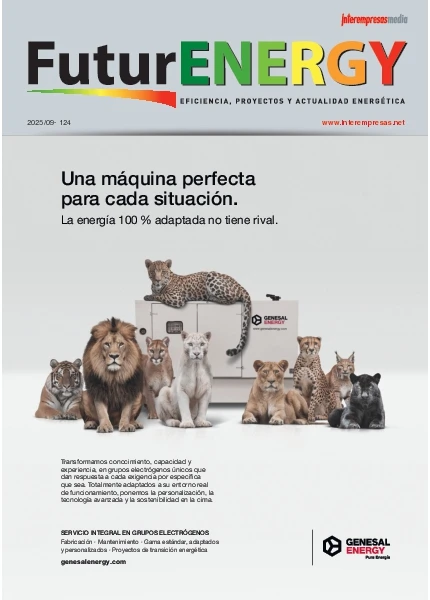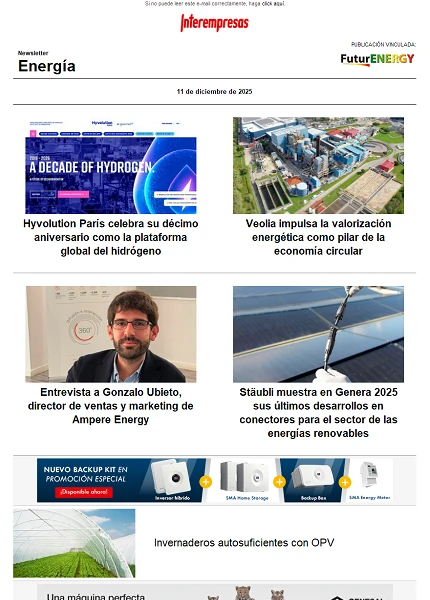Entrevista a Javier Anta, presidente de ASIF, Asociación de la Industria Fotovoltaica
14 de enero de 2010
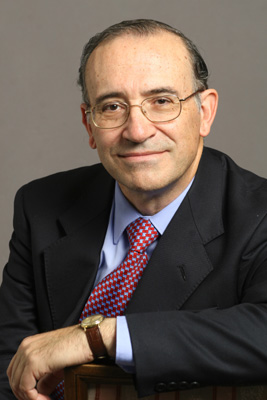
Para situarnos un poco, ¿qué papel puede jugar la energía fotovoltaica dentro del ‘mix’ de energías propuesto dentro del mapa energético europeo?
Pues todavía es muy marginal, puesto que no aporta ni el 1% de la electricidad que consumimos los europeos, pero tiene un desarrollo tremendo a corto y medio plazo. La propia Comisión Europea, en su Plan Estratégico de Tecnología Energética, confía en ella para que aporte el 15% de la electricidad de la Unión Europea en 2020. Esto, para los países con abundante irradiación, como España, supone un desarrollo aún mayor.
Las energías renovables se presentan como un revulsivo dentro del mercado tecnológico. ¿Pueden significar una tercera revolución industrial?
Hay quien opina así. Sin duda, se trata de una revolución energética del mismo calibre que la introducción del carbón a finales del siglo XVIII o el consumo masivo de petróleo durante el siglo XX, pero yo diría que el protagonismo de la tercera revolución industrial hay que dejárselo a los ordenadores y la informática.
¿Qué opina sobre el plan europeo para 2020 que supone reducir en un 20% de las emisiones de CO2 e incrementar en otro 20% en el uso de las renovables, y en concreto la fotovoltaica?
En el caso del CO2, tras la desilusión de Copenhague, creo que es importante mandar la señal de que en Europa seguimos haciendo lo correcto. Y respecto a las renovables, pienso que si somos capaces de alcanzar el 20% no tendremos problemas para seguir creciendo hasta alcanzar cuotas aún mayores y que, en última instancia, terminemos teniendo un mix energético renovable al ciento por ciento. Para la fotovoltaica ya supone un fenomenal espaldarazo, puesto que es una de las tecnologías que más se va a desarrollar.
Después del ‘boom’ de los huertos solares, parece que la tendencia son las instalaciones fotovoltaicas en cubiertas, ¿qué ventajas suponen estas instalaciones respecto a los huertos?
Son segmentos de mercado muy diferentes, cada uno con sus ventajas e inconvenientes. De acuerdo con la política de fomento y ayudas que tenemos en España, las instalaciones en cubiertas alcanzarán antes la rentabilidad que las de suelo, pero éstas, gracias a las economías de escala, producen la energía más barata… La modularidad de la fotovoltaica hace que sea susceptible de tener numerosas aplicaciones.
En su columna de opinión ‘Termina un año de parálisis fotovoltaica’ usted carga contra el Real Decreto 1578/2008. ¿Cree necesaria su reforma? ¿Cuáles son los principales puntos a reformar?
Habría que introducir el autoconsumo, habría que eliminar los cupos y el Registro de Preasignación de Retribución, habría que simplificar los procedimientos administrativos, habría que eliminar los avales… Lamentablemente, el Gobierno no está de acuerdo con algunos de estos puntos, de modo que tenemos que trabajar teniendo en cuenta que van a mantenerse durante algún tiempo.
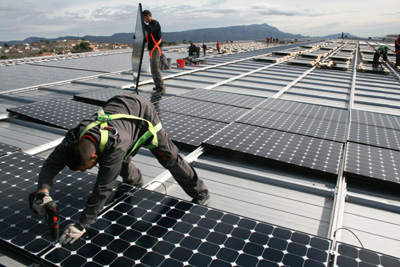
¿La burocracia y la crisis en la edificación son los únicos obstáculos que debe capear el mercado de la energía fotovoltaica?
No. Lamentablemente hay otros problemas que afrontar y que son propios de una tecnología emergente, como la integración de un volumen cada vez más importante de energía solar en la red eléctrica o las tensiones de mercado con otras fuentes de energía. La crisis y la burocracia son problemas coyunturales que, como todos los que se nos presenten, podremos superar sin mayores problemas.
Sin embargo desde la Asociación son optimistas en cuanto a proyectos y creación de empleo...
Después de un año 2009 durísimo, el sector se está reactivando y prevemos que se generen unos 10.000 empleos netos, estables y de calidad, hasta la próxima primavera. Este volumen de empleo irá creciendo de acuerdo con el ritmo de crecimiento que tenga el propio sector.
En 2008 España encabezaba el ránking de países en cuanto a potencia instalada, potencia por habitante y cobertura de la demanda eléctrica, ¿cómo se ha comportado en 2009? ¿Y cómo se prevé que lo haga en 2010?
En 2009, a raíz de un cambio en la regulación, el sector ha sufrido un auténtico desastre; hemos instalado menos del 5% de la potencia que se instaló en 2008 y se han destruido unos 30.000 empleos. En contraste, 2010 va a ser un año de recuperación, empezando por los 10.000 empleos que le citaba anteriormente; prevemos que se instalen algo más de 500 MW.
¿Qué factores pueden ayudar a reactivar el mercado fotovoltaico español?
La simplificación de los procedimientos administrativos, la adecuación de la normativa técnica a la realidad del sector, la eliminación de los cupos de potencia, la aceleración de la curva de experiencia de la tecnología, una planificación energética que apueste aún más por la energía fotovoltaica… Se podrían hacer muchas cosas.
¿El modelo español es exportable?
De hecho, lo estamos haciendo. El modelo de desarrollo de España es materia de estudio en numerosos centros de negocio del mundo, y el propio presidente de los EE UU nos cita con frecuencia como ejemplo a seguir.
ASIF propone modificar la regulación para que los consumidores puedan producir y consumir su propia electricidad fotovoltaica. ¿El autoabastecimiento es el futuro de la energía?
El autoabastecimiento es un nuevo mercado fotovoltaico, con una enorme proyección, pero no es el único, ni lo será en el futuro. Pero es cierto es que, hasta que se alcance la plena competitividad con las demás fuentes de energía, el autoconsumo será el mercado de referencia.
Para finalizar, ¿cómo ve la industria fotovoltaica española en 20 años?
Transformada en un elemento básico e indispensable de la estructura económica del país.
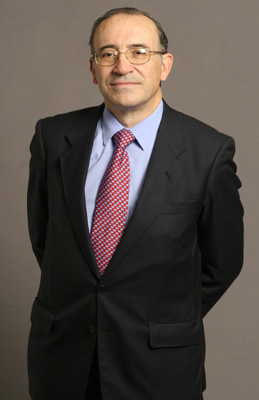
ASIF
La Asociación de la Industria Fotovoltaica (ASIF) es una asociación privada sin ánimo creada en 1998.
Su objetivo principal es potenciar, prestigiar y desarrollar el sector fotovoltaico, aportando sus conocimientos y experiencia al mercado español y a las autoridades responsables, tanto a nivel estatal como autonómico y local.
Con su actividad, ASIF pretende vertebrar a las empresas de la industria solar fotovoltaica y conseguir, todos unidos, que este tipo de energía en España alcance todo su potencial, y contribuya de forma importante a la consecución de los objetivos medioambientales establecidos.
La asociación es de ámbito estatal, sin perjuicio de que pueda establecer vínculos de cooperación con la Unión Europea y otros países.



